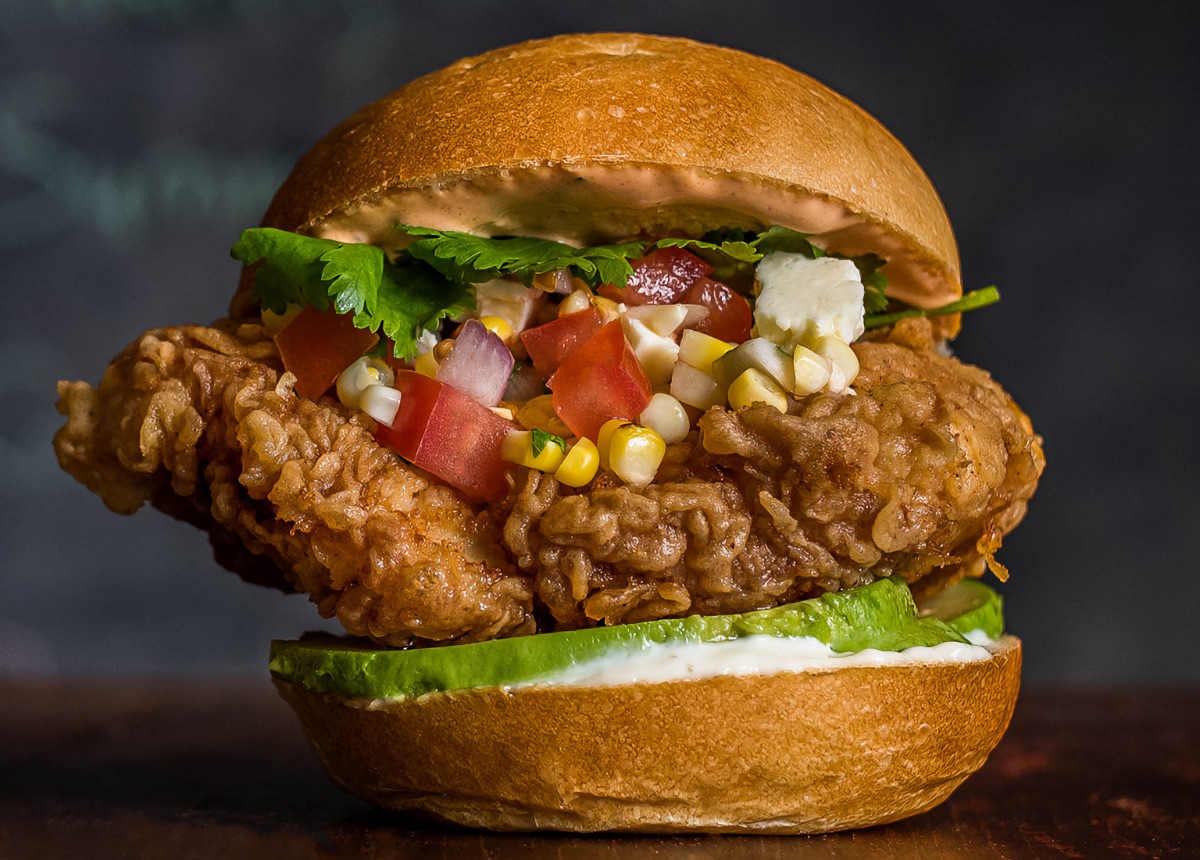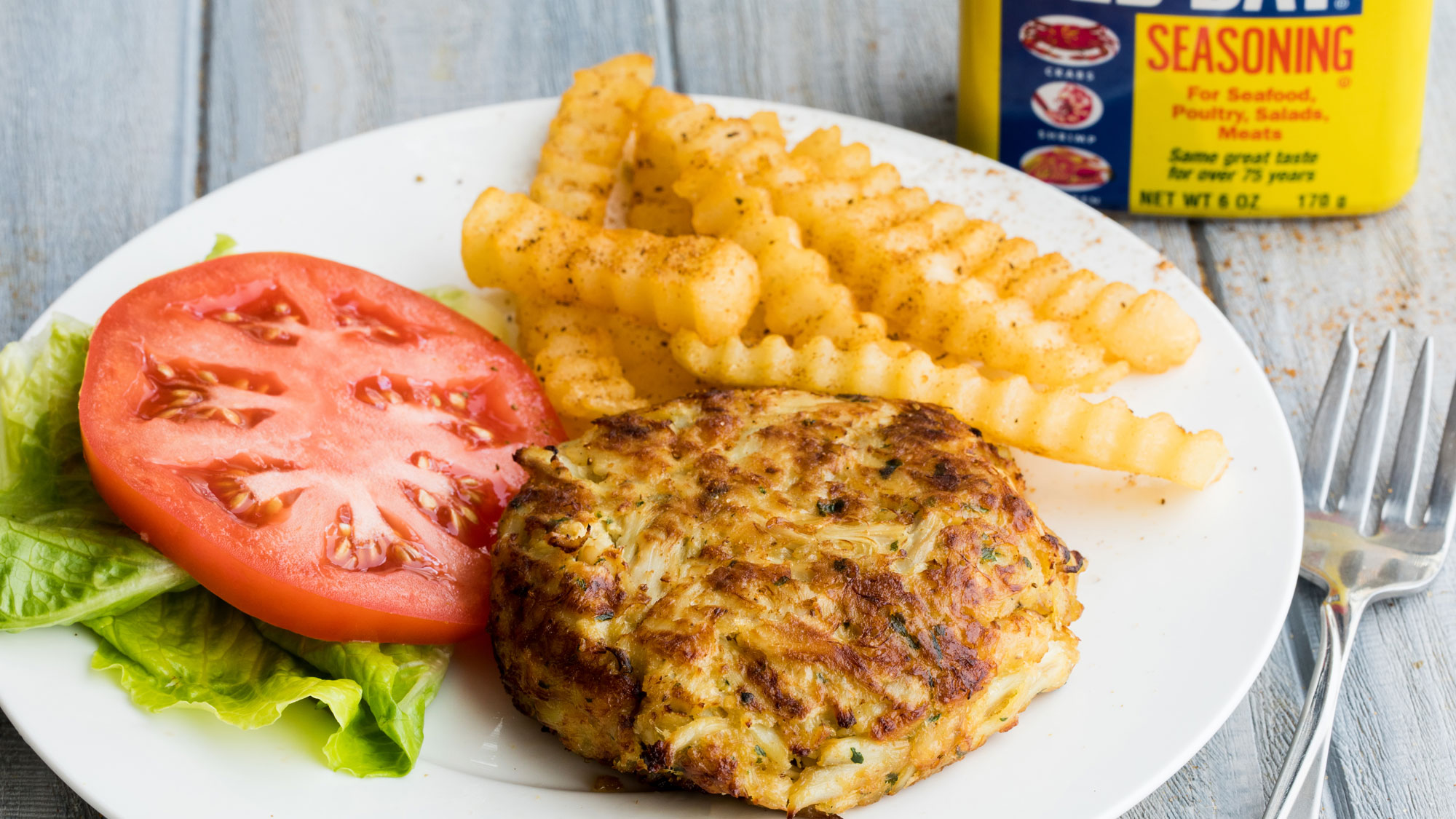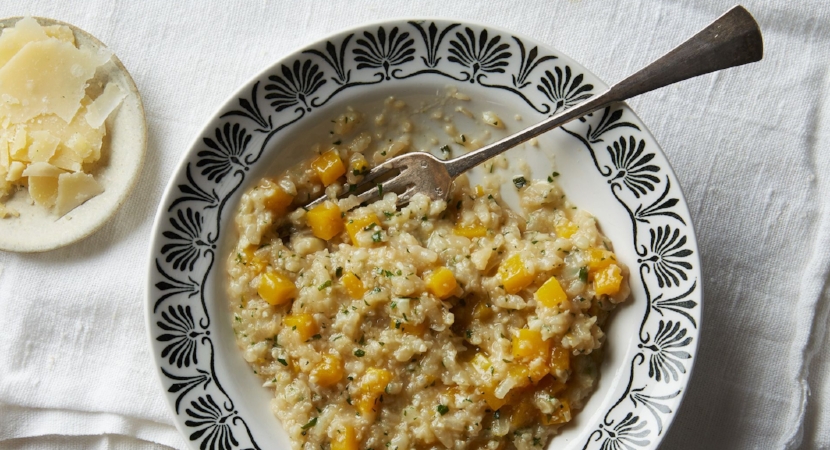How do I know what kind of salmon to buy? Should I buy farmed salmon or wild-caught salmon? What does it mean when salmon is labeled organic? How can I tell if it is fresh? I’m confused about whether consuming farmed salmon is okay or not.
These are questions I get over and over again, and I understand why: The answers aren’t totally clear to consumers.
It’s confusing to decipher the labeling and make decisions about what type of salmon to buy when we want to eat healthfully, consciously, and at the same time preserve the hard-earned dollars in our wallet. I hope to raise your salmon IQ with a few tips and tools to help you the next time you shop for salmon.
1. Make your fishmonger your friend.
Ask the fishmonger wherever you shop what is fresh in the fish case and what fish has been previously frozen and thawed. Ask what fish is in season. Yes, fresh fish, such as salmon, are seasonal, just like asparagus and peaches. And buying in season, especially at the height of the season, is when you are going to get the freshest product and best prices.
Pacific salmon from Alaska and off the west coast of the United States is in season now. The commercial fishing season for wild-caught salmon (most notably from Alaska) is from mid-May until the end of September.
2. Ask questions.
Always ask when the shipment arrived, whether it has been frozen (not necessarily a bad thing), and where it came from. I prefer shopping in markets where the fish are on ice in a refrigerated glass case, the counters and cases look clean, and the fish are protected from direct sun, flies, and other possibly harmful conditions. If possible, avoid fish sold in pre-wrapped packages. If the market has a strong fishy odor, walk right out!
3. Do your research.
Take a minute to download the Monterey Bay Seafood Watch Guide on your smartphone or tablet. It’s a complete, up-to-date guide covering every type of seafood, classifying each as either a best choice, a good alternative, or a species to avoid completely due to fishing practices, environmental factors, or sustainability issues. Every type of seafood you buy should be labeled with its place of origin, whether it is wild-caught or farmed, and whether it is fresh or previously frozen.
As a quick guide for seafood labelling, understand this labeling:
- Wild-Caught Salmon: Salmon caught in their natal waters by commercial or tribal fishermen using troll, drift-gill-net, or purse-seine fishing methods, all of which are tightly regulated by state fishery management agencies. Many of the salmon caught off the Pacific coast are reared in hatcheries. In Alaska, hatchery-reared salmon account for about 30 percent of the catch. In the lower 48 states, hatcheries account for more than 50 percent of the salmon caught.
- Organic or certified organic: No fish or seafood of any kind, including salmon, should be labeled “certified organic,” as the USDA, which governs the use of this term in this country, has not yet set standards for aquatic species. The USDA organic seal applies only to crops and animals raised on land that meet strict federal guidelines. Most salmon labeled “organic” is farmed salmon originating from the North Atlantic, off the coasts of Ireland, Nova Scotia, and Scotland. Europe has had organic certification in place for over fifteen years.
- All-Natural Farm-Raised Salmon or Environmentally Sustainable Salmon: This is unregulated marketing language pertaining to farmed salmon. Some aquaculture businesses are adopting environmentally responsible aquatic-farming practices, where stocking densities are reduced, the feed is organic or plant based, the salmon are raised without antibiotics, the pigment used in the feed is from a natural source, and the use of pesticides to treat sea lice is strongly restricted.
- Conventionally Farmed Salmon: Atlantic salmon is typically farm raised by large multinational corporations employing dense stocking practices, nonorganic feed, antibiotics to maintain the health of the salmon, and pesticides to control disease. Almost always the least expensive salmon available, these fish most often come from Europe, British Columbia, Chile, and U.S. coastal states.
4. Use your senses!
Look, sniff, and touch. Visually, does the salmon look moist and glistening? Is the skin silvery and bright? If the salmon is being sold as a whole fish, are the eyes protruding, bright and clear? If shopping for fillets, do the fillets look moist and freshly cut, rather than flat and browned at the edges?
Don’t be shy; take a sniff! If the salmon appears good and you select a fillet to be weighed, ask to smell it. Fresh fish has no fishy odor. Top-quality fishmongers will be delighted you asked. If you feel shy about asking, just stand near the scale as the fish is being weighed and take a whiff.
Along with a sniff, ask to touch the skin. A gentle nudge with your fingertip will reveal whether the fish is resilient and firm rather than mushy or slimy. If the head is attached, ask to see the gills; they should be bright pink or red—if they are pale or brownish, the fish is old.
Ideally, buy fish on the day you plan to eat it. Otherwise, if you must store fresh fish for a day (two at the most), wrap it carefully, and put it in the coldest part of the refrigerator. Best of all, enjoy the versatility of salmon can bring you in the kitchen!
For more, Diane's new book is Salmon: Everything You Need to Know + 45 Recipes.
This article was written by Diane Morgan from Food52 and was legally licensed through the NewsCred publisher network.








